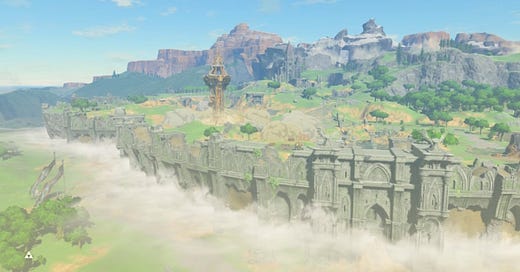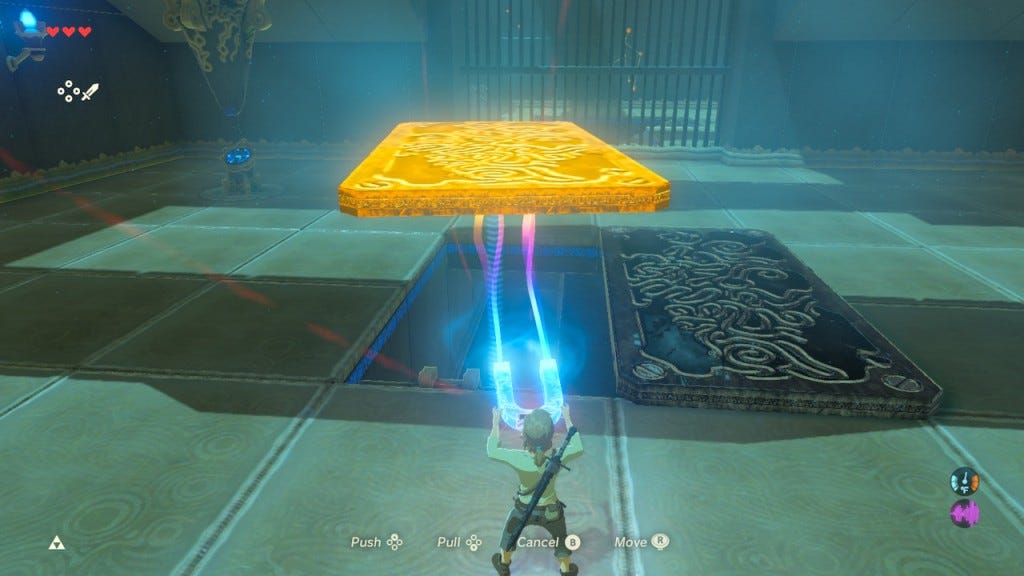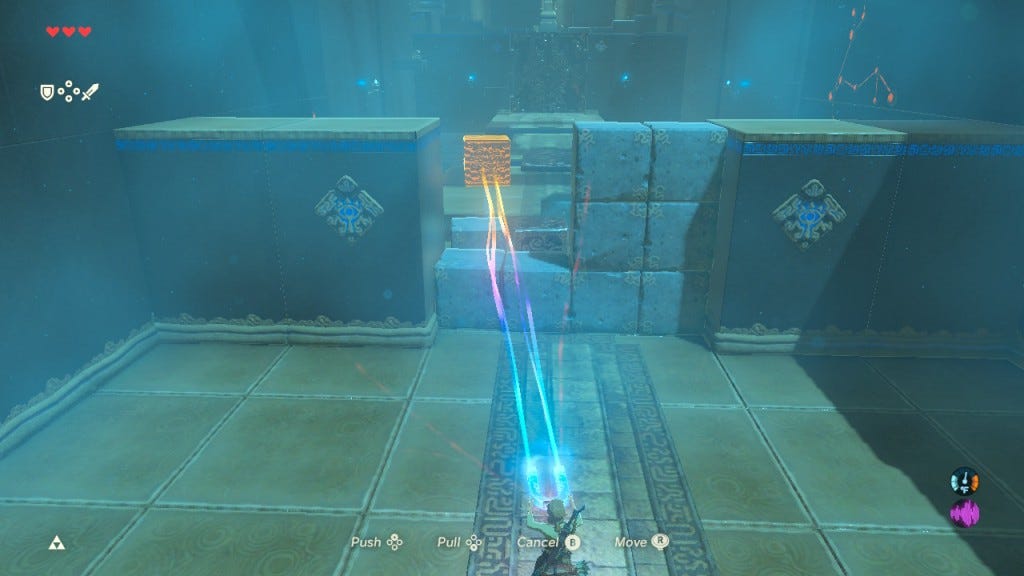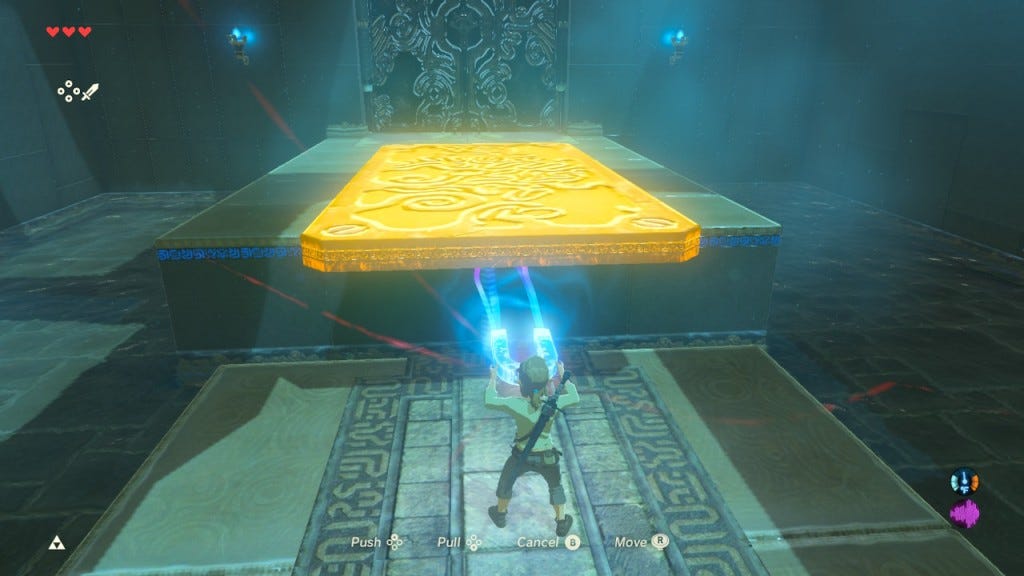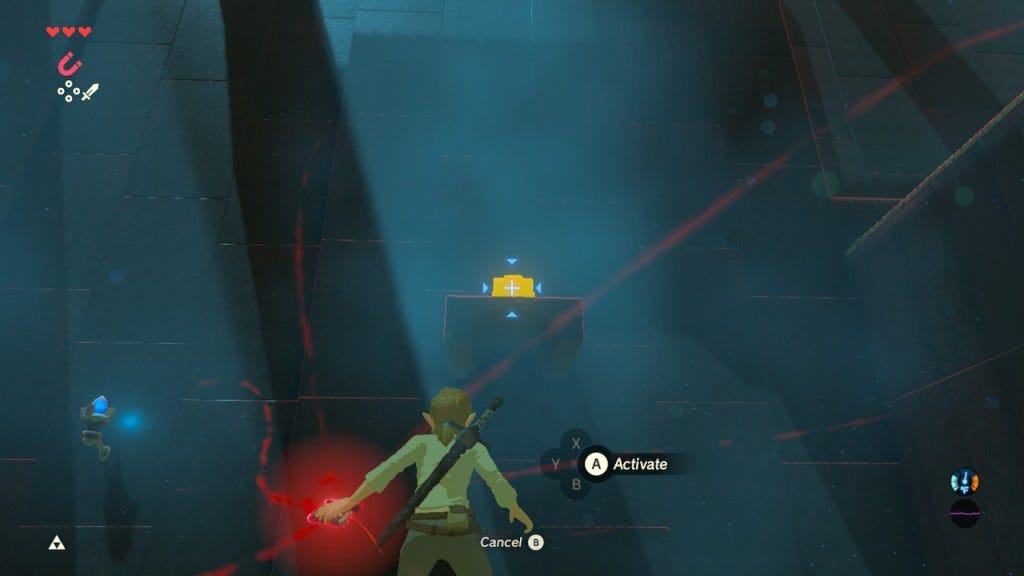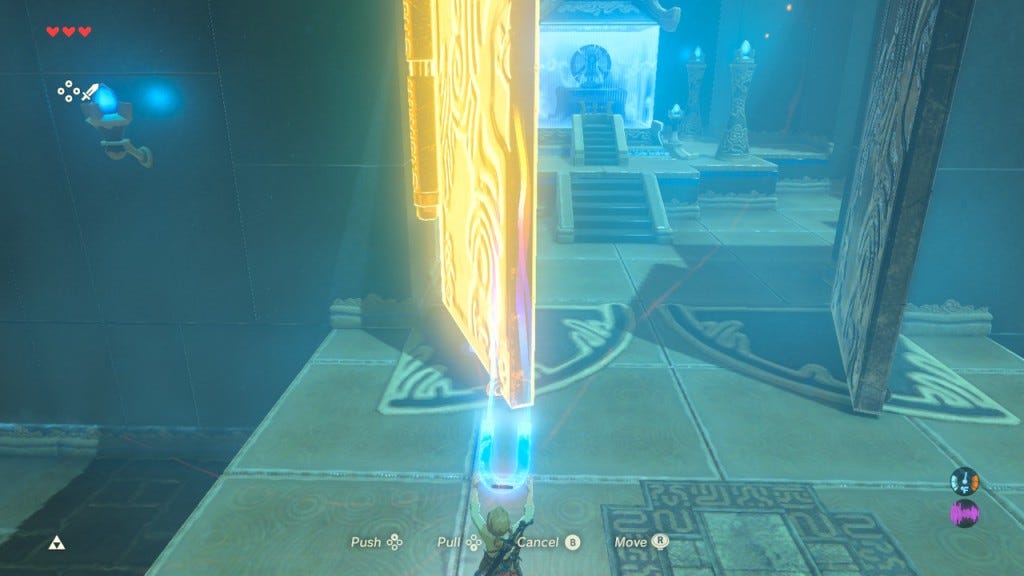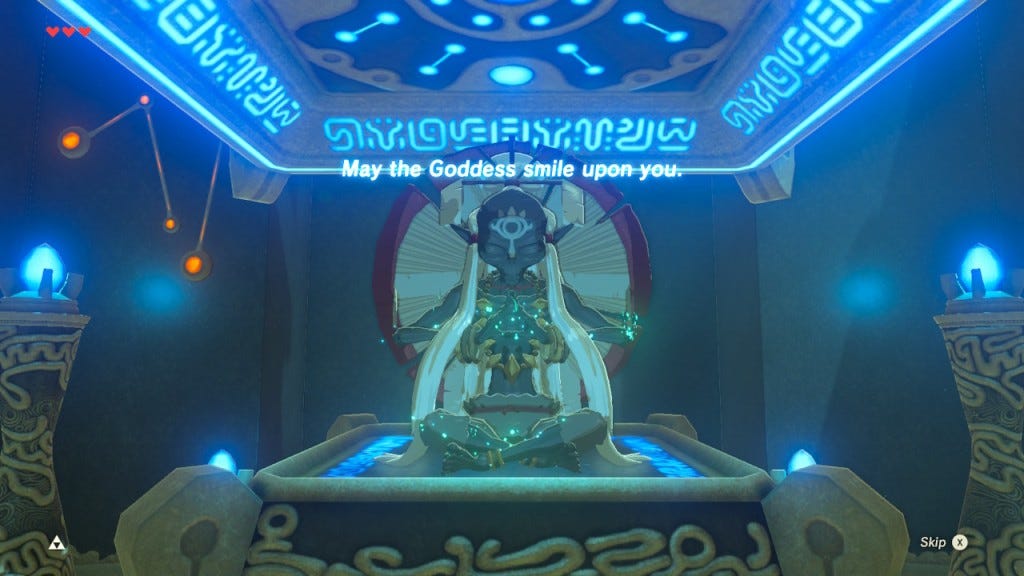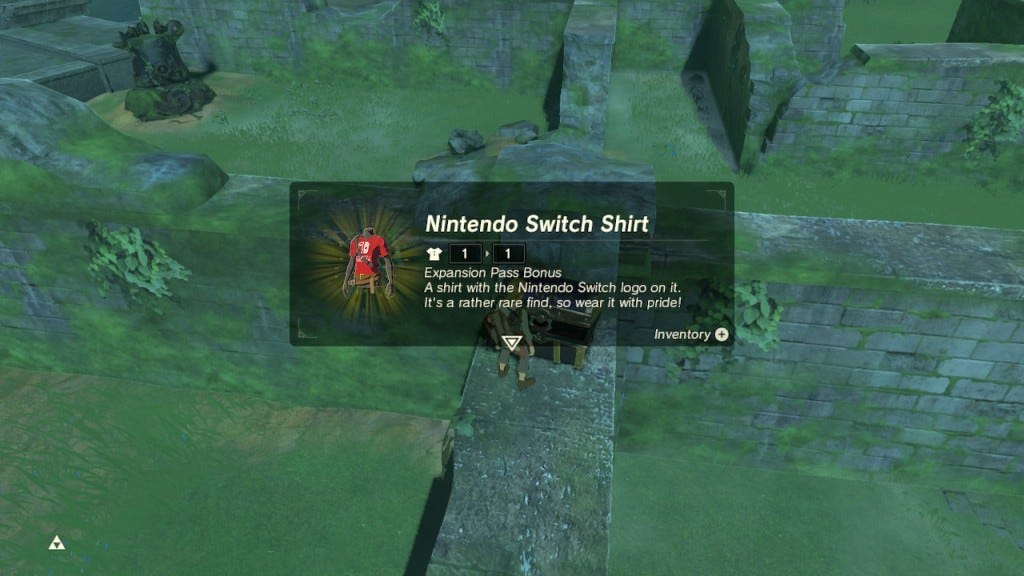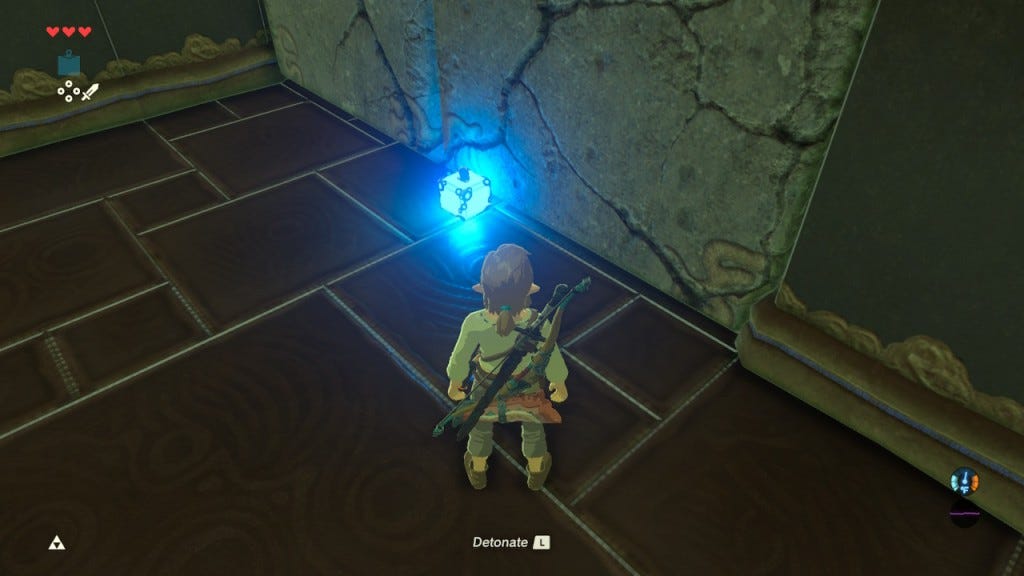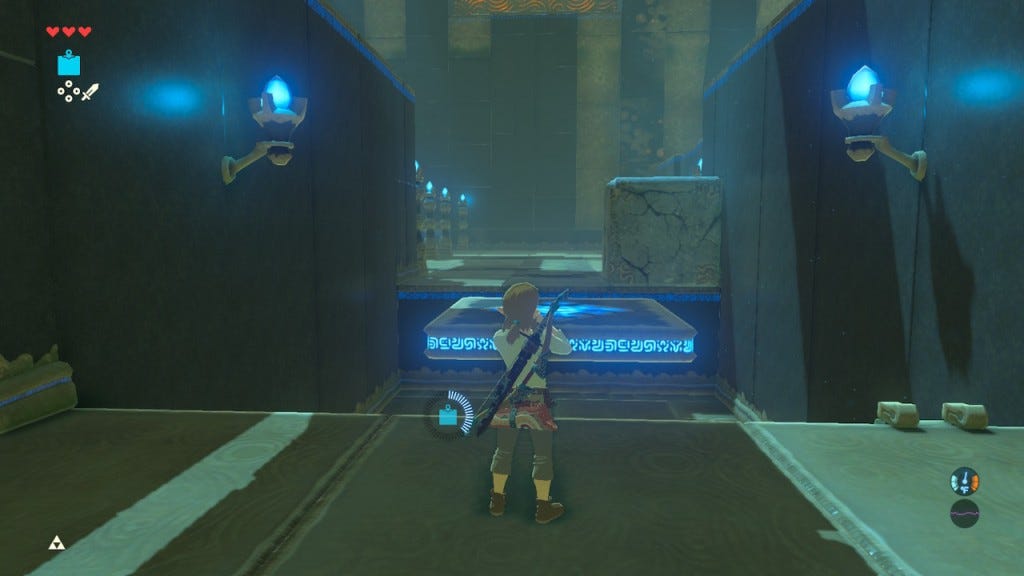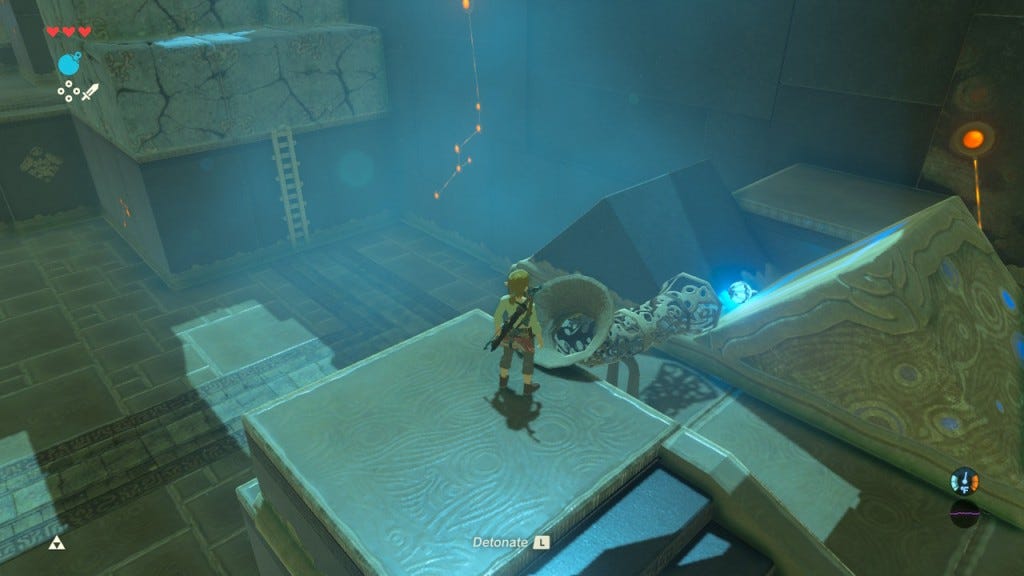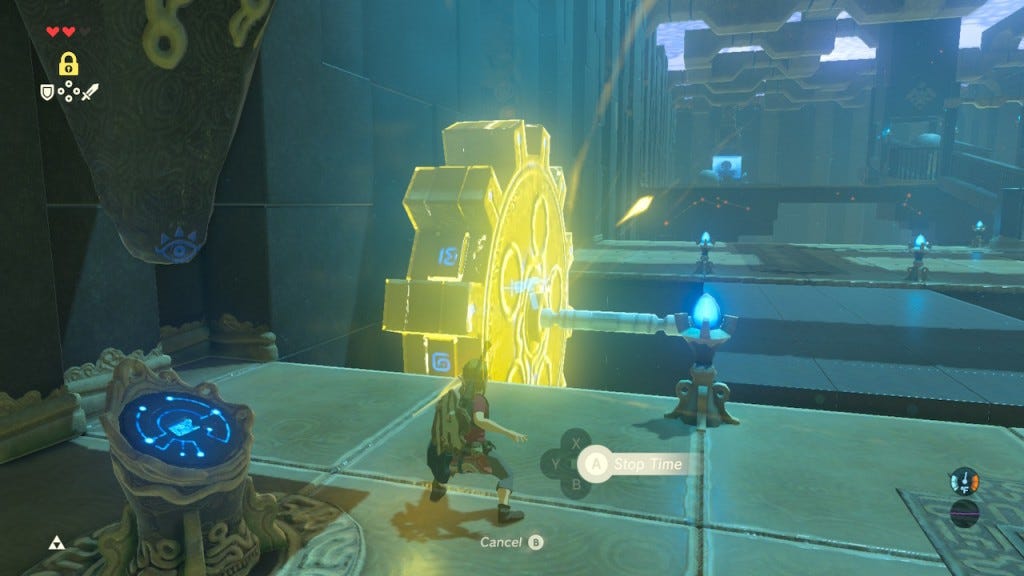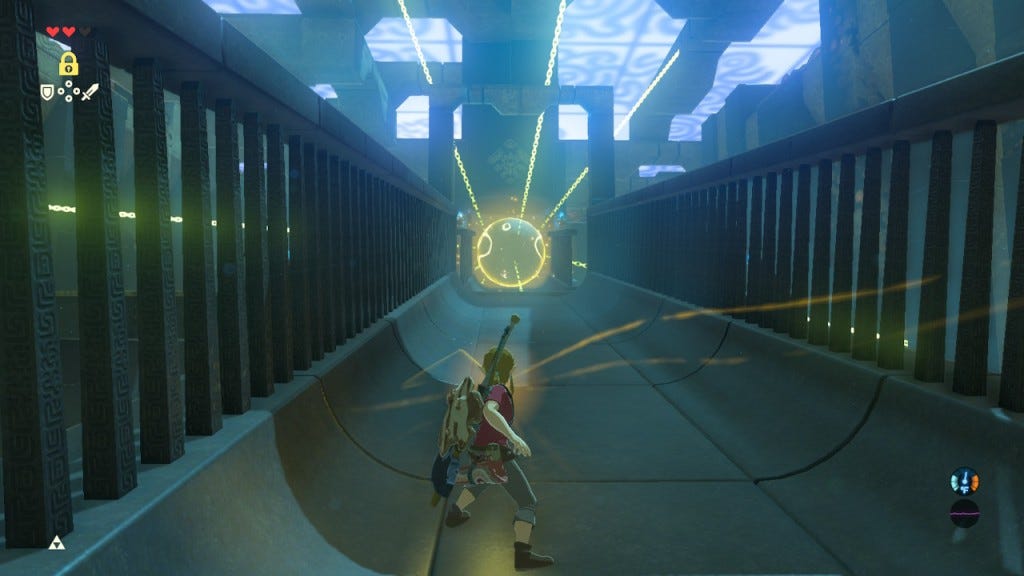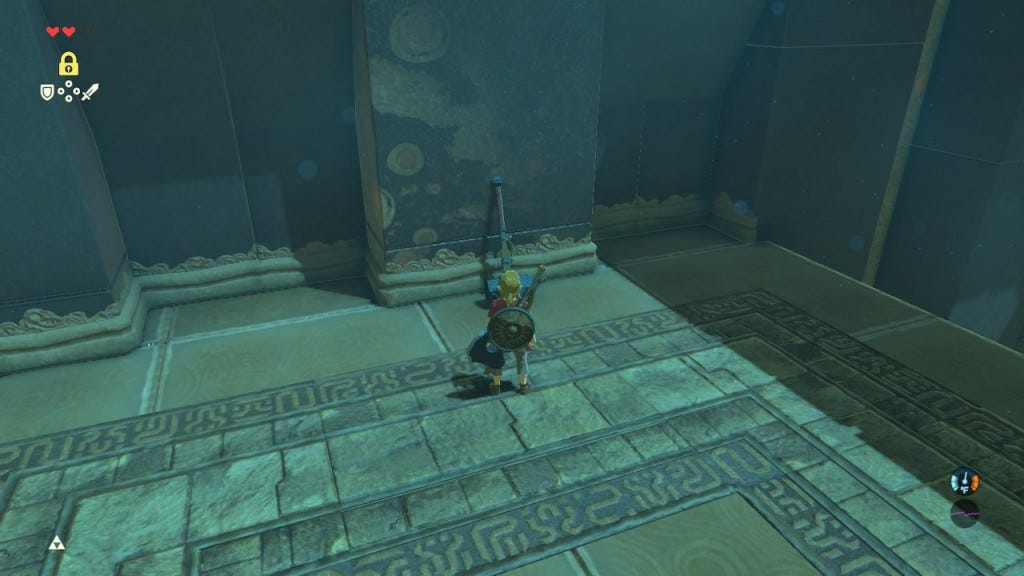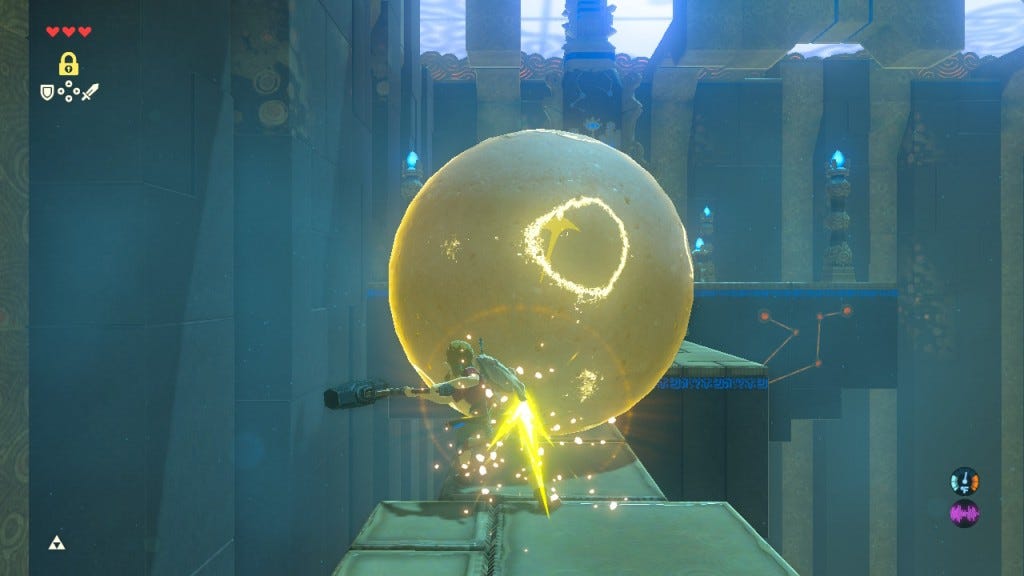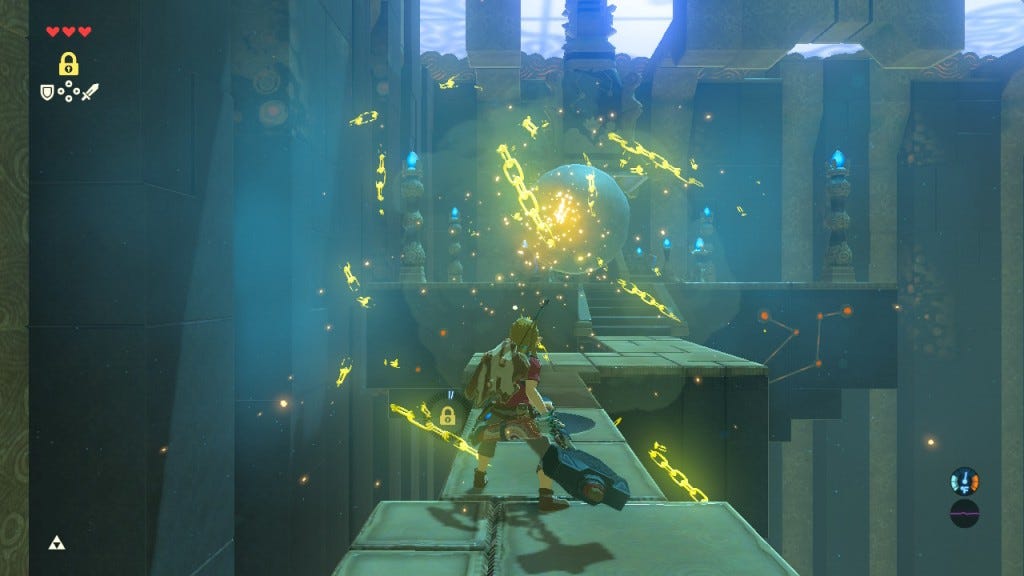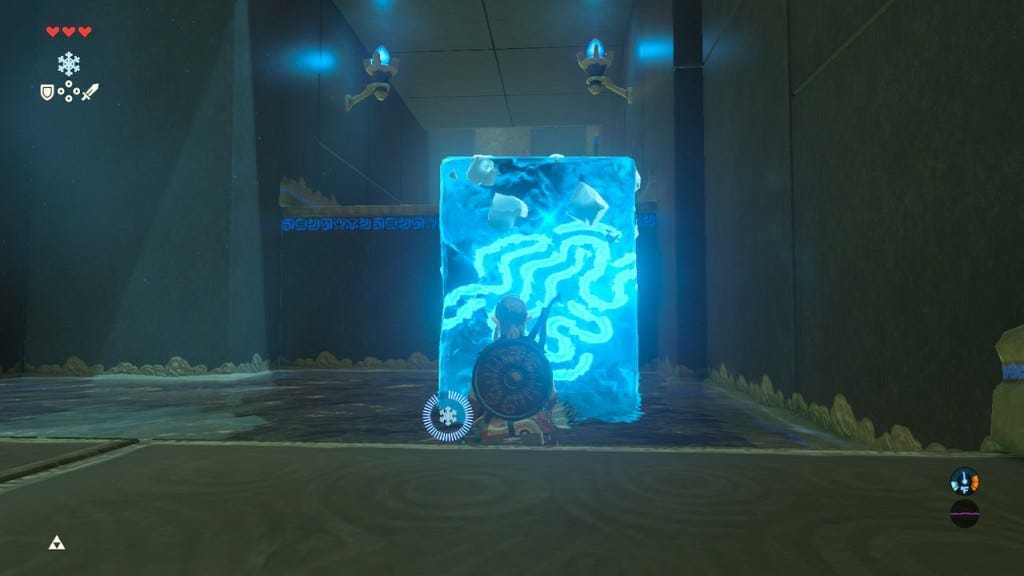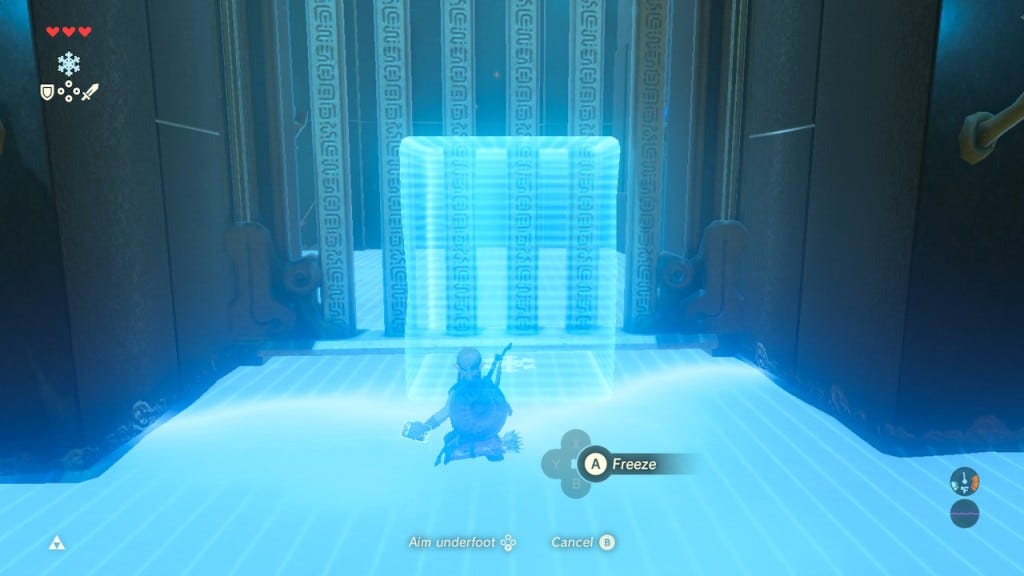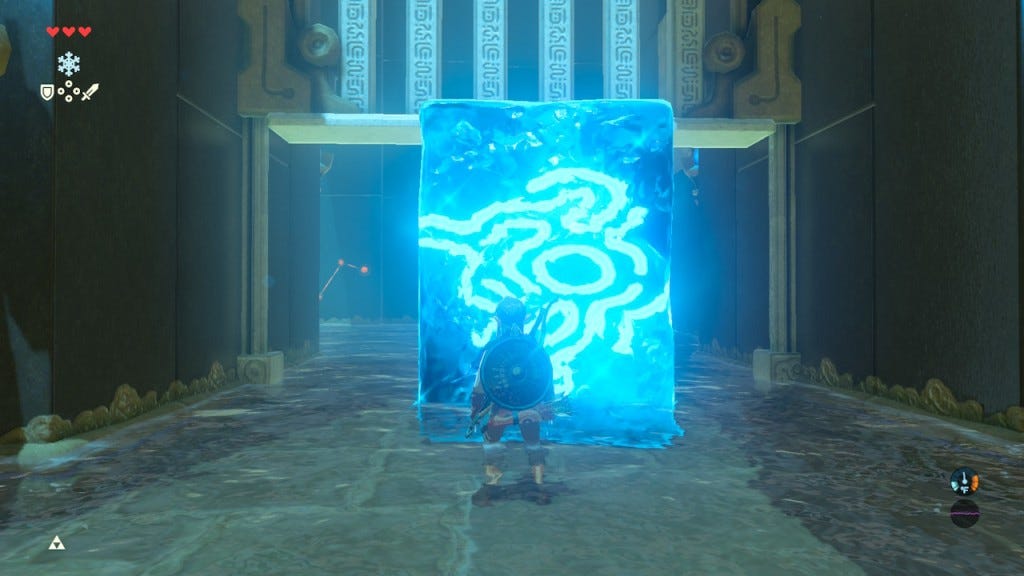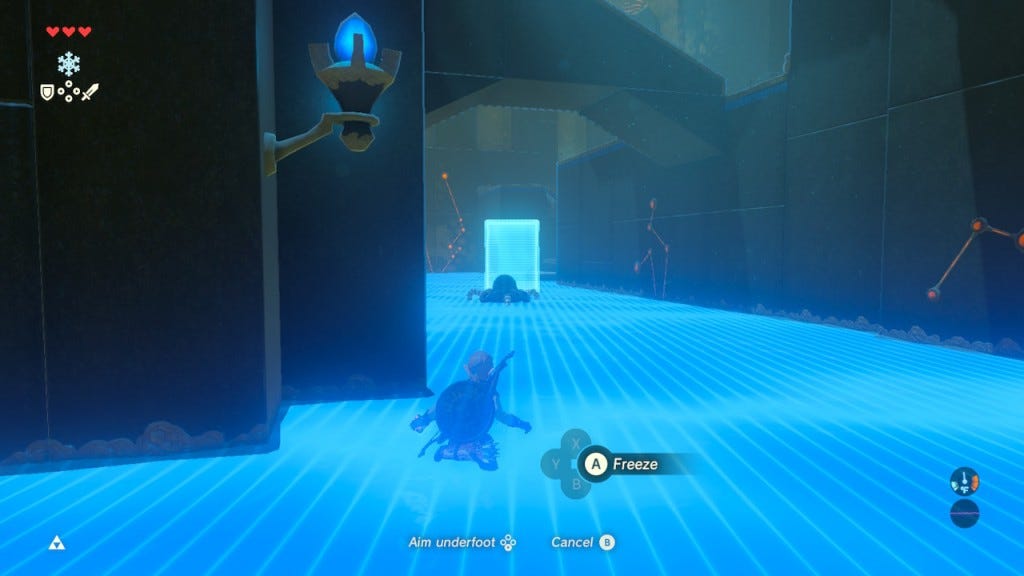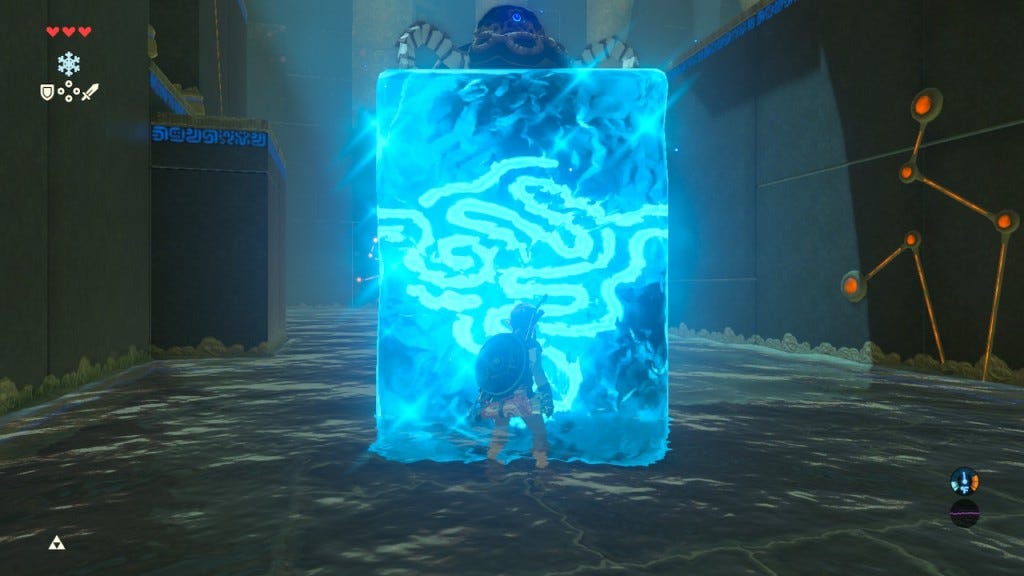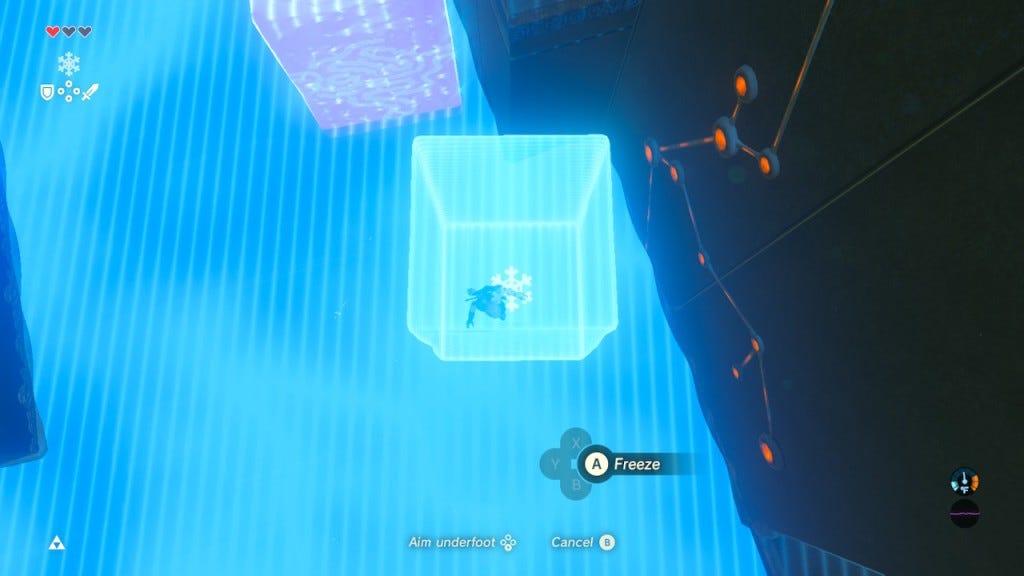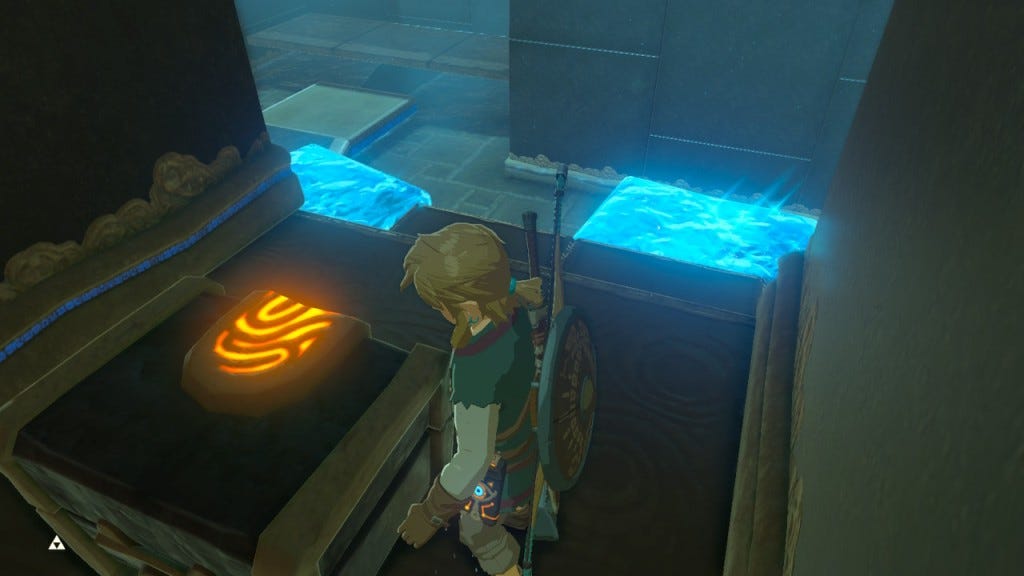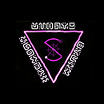Greetings, Heroes! Today is Boxing Day, a Christmastide tradition celebrated throughout the United Kingdom. It's interesting how this kind of stuff works: It's the same Christmas holiday that I celebrate, but the traditions surrounding gift-giving are different. My previous post followed my cultural tradition, in which the family feasts together for Christmas Eve dinner before exchanging the gifts under the tree that they've gotten for one another; then everyone goes to sleep and opens the gifts from Santa in the morning. It's the same idea, though. Where my previous post focused on one special gift under the metaphorical "tree," this post is going to focus on the gifts Link received along the way.
Today is also the start of Kwanzaa, a Pan-African celebration of family and culture. The Seven Principles it celebrates are very much in line with what Link must accomplish and each finds its place here, as well.
We see gift-giving represented in the story of the Nativity in the offerings of gold, frankincense, and myrrh brought to the baby Jesus by "We Three Kings;" those gifts are known as "The Gifts of the Magi." Likewise, the four gifts we will be discussing today—the "Runes" kept within each of the 4 Sheikah Shrines on The Great Plateau—are so crucial to Link's journey that, building on the underlying theme of "open world game = the magic(k)al path," these will be our own "Gifts of the Magi." We will learn that, while Link has to put in work to earn each of these gifts, the work itself comes with important lessons that will prove invaluable on the quest ahead; so really, there are 8 gifts: 4 Runes from each shrine, and the respective lessons attending each.
Warning! SPOILERS for The Legend of Zelda: Breath of the Wild from here on out!
Link doesn't know this yet, but this set of four Shrine trials encircling the periphery of The Great Plateau—along with the convergence of lines between them at the Temple of Time—are structural reflections of the greater task Link must eventually accomplish; is this entire opening stage a kind of magic spell in and of itself, in which Link enacts in replica the essential pattern of the goal he has in mind? There's a thought. On a more materially practical level, however, Link will need all of these Gifts to accomplish that task. Maybe both things are simultaneously true?
Let's get started with the first shrine toward which Link is directed by The Old Man: Oman Au.
Oman Au Shrine: Magnesis Trial
There's one important lesson imparted before Link even reaches Oman Au Shrine, as The Old Man points to it from their position across a large pool of water. If I had taken the lesson to heart on my first playthrough, it would have gone very differently. That lesson is: Choose your battles. There are two ways around the pool. One leads straight through a camp of enemy Bokoblins, but the camp does guard a treasure chest. The other way is a bit longer and involves letting go of that treasure, but avoids conflict. This will be a recurring theme.
This is the most opportune moment to discuss the matter of Downloadable Content (DLC). Le Sigh. This is such an obnoxious capitalist schtik; you can rarely just buy a full video game these days. A rabidly thirsty (true story: A few days after I wrote this, I learned how stupid a description it was because a symptom of rabies is actually fear of water) consumer culture that has been successfully built around gaming and its resulting demand for novelty means most blockbuster games hold back some of the best content for a separate bundle that comes later. It has been this way since the first PC game to truly captivate my soul (WarCraft II: Tides of Darkness, a franchise that I no longer support). I don't like it, but yes: Of course I bought Breath of the Wild's DLC, The Champion's Ballad EX. I actually waited until I was most of the way through my 2nd playthrough to do so, but anyway, the reason I bring it up now is because one of the DLC's features is "Master Mode," a harder version of the game, and this decision might weigh fairly heavily on whether you're playing in Normal Mode or Master Mode; in Master Mode, there will be more platforms with Bokoblins here, they will all be tougher (the monsters in BoTW are tiered and Master Mode moves them all 1 tier higher in difficulty). The treasure you get from taking these jerks head-on, or at all, might not be worth the weapons you'll break fighting them even if you don't take any damage.
But I digress.
If you've got Champion's Ballad, there will be a violet bonus chest right by the entrance that contains your first Ruby, which is highly valuable.
As Link enters the Shrine, he finds another Sheikah Slate Terminal, which equips his Sheikah Slate with the Magnesis Rune. He will use this Rune to complete this shrine and every related task holds a lesson. As Oman Au teaches us (more on that in a sec), the purpose of Magnesis is to remotely:
"Uncover" or "reveal" pathways...
...skillfully punch through obstacles and do combat from afar without damaging your valuable weapons...
...build a bridge to cross an abyss...
...attract the tools you need...
...and open doors.
The treasure in this Shrine is the Traveler's Bow, a simple weapon that, like Magnesis, can be used to damage foes from afar without hurting your melee weapons; just remember, bows do take damage with use.
What's this creepy shit behind the door? Is it...deadohshit no, it just started talking to me!!!
This is a Sheikah monk named Oman Au and the Shrine is named after him. He built this Shrine as a little puzzle box to teach the Hero of the Wild (Link) some lessons, then mummified himself inside of it. The situation is the same with the other 3 Shrines we'll be visiting, and it's also the same with the 116 other Sheikah Shrines scattered across the Kingdom of Hyrule. Upon solving a Shrine, the monk within rewards Link with a Spirit Orb, which is a sort of "merit token" that is offered in turn to the Goddess Hylia to augment Link's abilities in one of two ways. The approach one takes to this is tied intimately with the approach one took to reach this Shrine, incidentally; but I'll cover that in its own post.
As far as real-life magic(k)al lessons, review the ones that apply to the game, reflect, and ask yourself: What is the proper use for an invisible force that empowers you to act upon things at a distance?
Magnesis is a fitting Rune to be scripted as the first one Link receives, I think. I remember as a child that magnets were one of the first things that fascinated me in a particular way. It seems magical to us, until and perhaps even after we learn how it actually works. Because magnetic force itself is invisible, however, it was easy for people to attribute magical powers to it to cover the gaps in their knowledge; I remember reading, as a teen, about how lodestone boulders were originally thought to be magical when someone's sword would stick to them or something. Likewise, the wider occult movement went through a phase where it was fashionable to use "magnetic force" as the theoretical mechanism for magic(k) or occult powers; Éliphas Lévi's seminal Dogme et Rituel de la Haute Magie speaks of magic in just these terms. Of course, nowadays, we know such a notion was completely foolish...
...however, what we have uncovered regarding magnetism is even more magical in its own ways.
Ja Baij Shrine: Bomb Trial
Link was duped by The Old Man into this fool's errand; now that he's shown he's up to the task of retrieving one Spirit Orb, the Old Man wants all 3 to be found on The Great Plateau. Link can do them in any order he desires, but as I proposed in the previous post, going clockwise around the Plateau yields a fairly smooth journey. Let's talk about the next shrine, Ja Baij, where Link will get a bonus: The Bomb Rune is a two-for-one.
This Shrine is hunkered down within the ruins of The Eastern Abbey as if the place were some kind of...bomb shelter. As a modern magician, I cannot see this place and not immediately think of Aleister Crowley's Abbey of Thelema; East is the direction of greatest spiritual significance in many cultures, including the lion's share of those that compose Crowley's system. His name is most commonly associated with Ordo Templi Orientis, or "Order of the Temple of the East."
In this regard, the Rune associated with Ja Baij Shrine, Bomb, is apropos in so many ways. Bomb is the Rune of explosive force, a rapid, energetic, and usually destructive form of volatile expansiveness that shares a character with Crowley and the spirit of his system. Such explosive force is used in exploration, expeditions, etc. The underlying force is characteristic of Jupiter.
One of Crowley's students was Jack Parsons, who helped found NASA's Jet Propulsion Laboratory, and we will see the basic principle behind rocketry at work in this Shrine.
As if to accentuate the point, there is another EX chest, balanced up on a wall next to the Shrine. This chest holds a red Nintendo Switch t-shirt, which I find hilarious; it's like a Star Trek reference, isn't it? Put on your Red Shirt, because if you're gonna be a Champion, you're gonna die a lot! Be careful using these Bombs, because right now, if you're not careful, you could easily blow yourself up.
One environmental lesson here is in the fact that the shrine is surrounded on all 4 sides by walls; just before the entrance to the temple is a weak spot in the wall that can be bombed, but that actually isn't all that advisable; it's very easy to climb these walls even if it's less fun or expedient than blasting them to smithereens, and there are very dangerous foes around here. This little box is here for your protection.
As Ja Baij teaches us, Bomb is used to blast open passageways. You will notice the Bomb Rune comes in two forms:
Round (unstable expansion)...
...and Cubic (stable expansion). Apply metaphorical lessons as you see fit.
The treasure in this Shrine is the Traveler's Claymore, a 2-handed sword; like the force of expansion, it's a powerful weapon but is heavy to carry. Also like this force, if you don't know how to use it, you're more likely to hurt yourself swinging that thing around.
We also learn about utilizing both timing and outer platforms to make the right impact:
The main chamber here illustrates for us how bombs are best used remotely by providing machinery designed not only to put some distance between ourselves and the bombs, but in such a way that we can also get a sense of their physics and how they fly through the air. One machine in particular shows us how it is possible and even desirable to contain and channel this kind of force by funneling it into productive outlets:
The same mechanism also teaches us about patience; if you wait long enough to detonate the bomb, it will be nestled in a nook and its force will be sufficiently distributed as to shatter all of the blocks impeding your path to the monk.
Owa Daim Shrine: Stasis Trial
In my mind, it's not "Owa Daim" Shrine, it's "Oh-uh, daymn!" Shrine! When I first started playing this game, I intensely disliked the Stasis Rune. It's hard to articulate why, as I know it's useful; but sometimes this Rune seemed so contrived, like the game was just making up stupid reasons to have to use this Rune, or else why do I need it? Using it is also a bit cumbersome. However, as I got used to it, and got used to the game, I slowly learned most of these gripes were rooted in my deeper attitude toward the game itself.
Stasis is the complement to Bomb in that this is the Rune of Saturn. Saturn connotes and governs Time itself, and the concepts of limitation/contraction/accumulation that are interwoven with it. Likewise, Stasis can be used to temporarily stop time relative to specific objects and, optionally, exploit the results to act in unique ways upon them.
In the Shrine, Stasis is first used to halt a rotating cog in order to cross a gap. I relate this to our cognitive processes, or learning to pause and rest a mind that is going around in circles.
Next, Link uses Stasis to freeze a large, spherical boulder in place so he can safely move around it to reach a treasure chest; the Traveler's Shield it contains instills in us that we just froze that boulder in place to shield ourselves from harm. Later in the game, Link can get an upgrade that renders this effect applicable to monsters he is fighting.
Next, the mechanic I disliked the most at first (until I learned the very lesson this part of the Shrine is meant to teach): Using Stasis to launch large objects. Basically, when you hit an object with Stasis, the object will then store up any kinetic energy applied to it from weapons (including arrows), releasing it once the effect times out and ends. At that point, the amount of energy stored and the trajectory of the most recent physical impact on the object will determine how far and in which direction the object is launched.
Yes, it's fun; my problem at first was that hitting stone with weapons does a lot of damage to the weapon without contributing to killing a monster, and back when I was still green in this game, I was reluctant to do that. I hoarded weapons jealously. Link starts the game with a very limited number of weapon slots, so they count. This inventory is expandable, but that takes time. Here, the Shrine provides a sledgehammer, but I won't find one everywhere I need one, will I?
What did I learn here? I developed a habit of always either having a hammer in my inventory, or leaving a slot open for one. A hammer is always spoken for in my arsenal. Always. I do the same with torches and Korok leaves. This is a key to never getting held up by a boulder put there by the developers just to justify this stupid Rune, and also to making money on the fly as you play through the game (it's good to be able to harvest every ore deposit you can).
Keh Namut Shrine: Cryonis Trial
Ah, the last Shrine in what I will consider the "sunwise order;" I do not think it's at all a coincidence that this Shrine is the highest up, located high enough in the miniature mountain range on The Great Plateau that getting here will require being organized one way or another: Either Link will need to have gathered ingredients to prepare a meal or elixir with a Warming effect, or he needs to have solved a mystery involving being a creep and reading the Old Man's diary, piecing together a recipe he forgot, and cooking it for him (at which point he will offer the backhanded thanks of handing "The Warm Doublet," cold-canceling armor, over to you while pointing out that with the recipe you just learned, you don't really need it anymore. Ouch, buddy!) This works because the essential process behind Cryonis, and the source of its lessons, is "crystallization," a specific type of organization. In its way, I consider this process to be rather Solar; one may be tempted to name the elemental principle of Cryonis as "Ice," but the lessons of the Shrine shed light on the fact that such an approach is too direct when it comes to understanding Cryonis. This is more about organization.
In Keh Namut Shrine, we use Cryonis to form a platform from a pool of resources in order to reach our goal...
...bypass a barrier by organizing from below and rising in formation to lift the barrier...
...neutralize an opponent peacefully by moving them out of the way...
...place ourselves within the context of a rising order to lift ourselves to the resources we need to succeed...
...and use our own platforms to give other, existing platforms a boost (even if they're bigger than ours).
The treasure in this Shrine is the Traveler's Spear; with a spear, if you have to resort to combat, you can at least do so in a way that maintains some distance between you and your opponent.
All in all, I would say this holiday—whichever one you observe—has been fairly generous to our Hero, wouldn't you?
Before we venture forth from The Great Plateau, I will devote some time to the ins and outs of offering Spirit Orbs to Goddess Hylia; the treatment will involve a sneak peek to that which lies ahead for our Hero in a village he can't yet reach, but I'll allow it, as we need to extend our scope before following Link off of the plateau anyway; this means that after the post dedicated to Spirit Orbs and their uses, we'll examine the Kingdom of Hyrule itself using the blueprint we've established in these first two posts.


